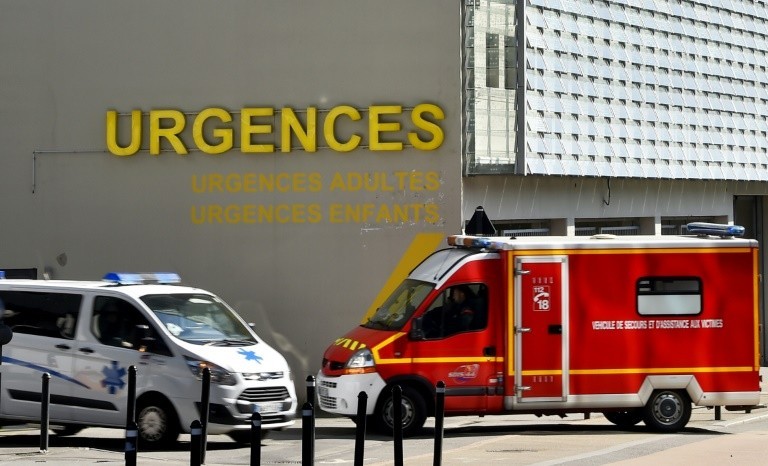According to a government report, the number of emergency room visits at hospitals increased by more than 700,000 between 2015 and 2016, reaching 21 million.
The number of patients admitted to emergencies reached a new record in 2016. Nearly 21 million passages were recorded in 641 public and private hospitals , 700 000 more than in 2015, according to a report released Tuesday by the Drees ( Directorate of Research, Studies, Evaluation and Statistics).
This 3.5% increase confirms the trend observed over the last 20 years, according to the social ministries’ statistics department, which notes that “the annual number of passages continues to grow at a steady pace”.
The activity has doubled since 1996, when emergencies welcomed 10.1 million patients, excluding overseas and military hospitals.
Some institutions with both general and pediatric facilities, France had 719 emergency services in 2016, four fewer than in 2015.
Increase in the number of hospitalizations
The average number of annual passages has therefore increased from 28,000 to 29,000, with an unchanged gap between public hospitals (32,000) and private for-profit clinics (22,000).
In addition to emergencies, health facilities recorded a 4.3% increase in the number of days of “partial” hospitalization (without overnight stays), close to 16.5 million in 2016.
On the other hand, the number of days spent in “complete” hospitalization fell by 0.5%, to below 121.4 million.
This “outpatient shift” resulted in the abolition of 4000 full hospital beds, partially offset by the creation of 1850 partial hospitalization places.
709,000 caregivers
There were just over 404,000 beds and almost 75,000 partial hospital beds in 3065 hospital sites, including 1376 in the public sector, 1003 in the private sector and 686 in the non-profit sector.
These facilities employed over 190,000 physicians, dentists, pharmacists and interns, up 0.8% from 2015.
Caregivers, for their part, grew by 0.2%, to nearly 709,000 full-time equivalents (FTEs), with more midwives and nurses, but fewer care assistants.
The other categories of agents also show a 0.3% increase in their workforce, ie nearly 314,000 FTEs, with more administrative staff but fewer technicians.




